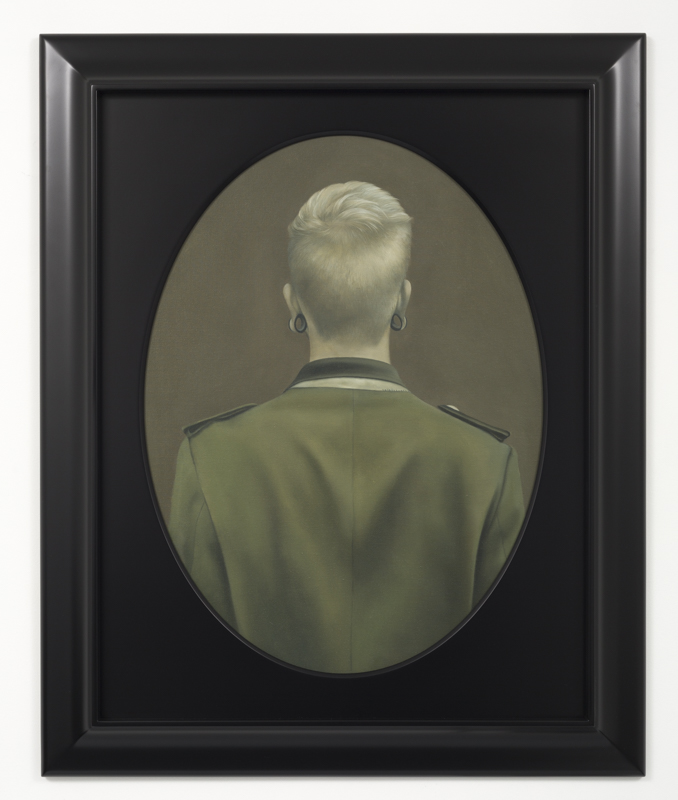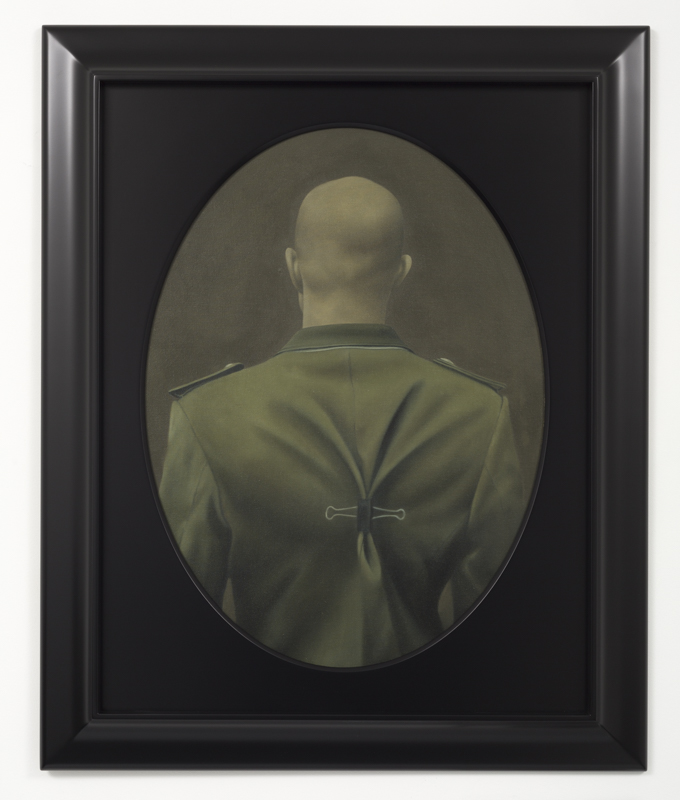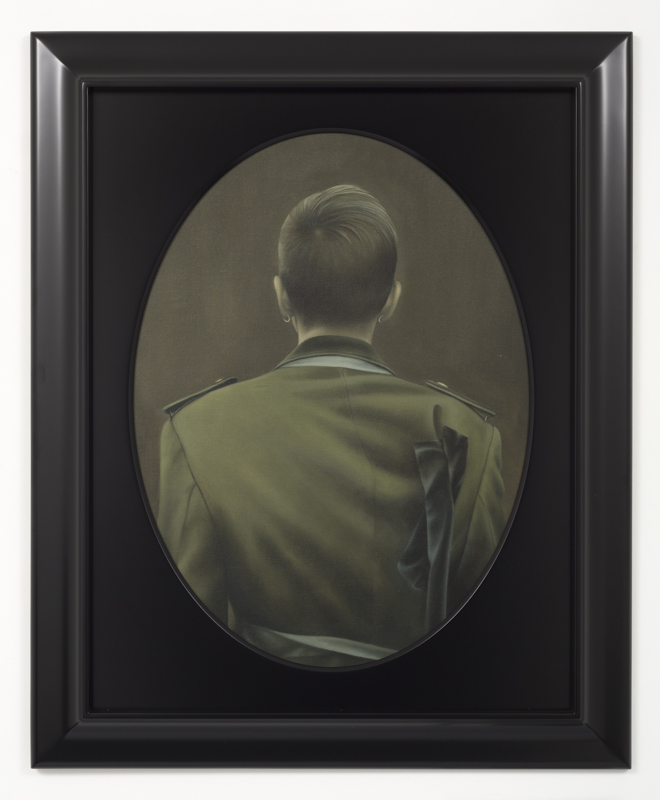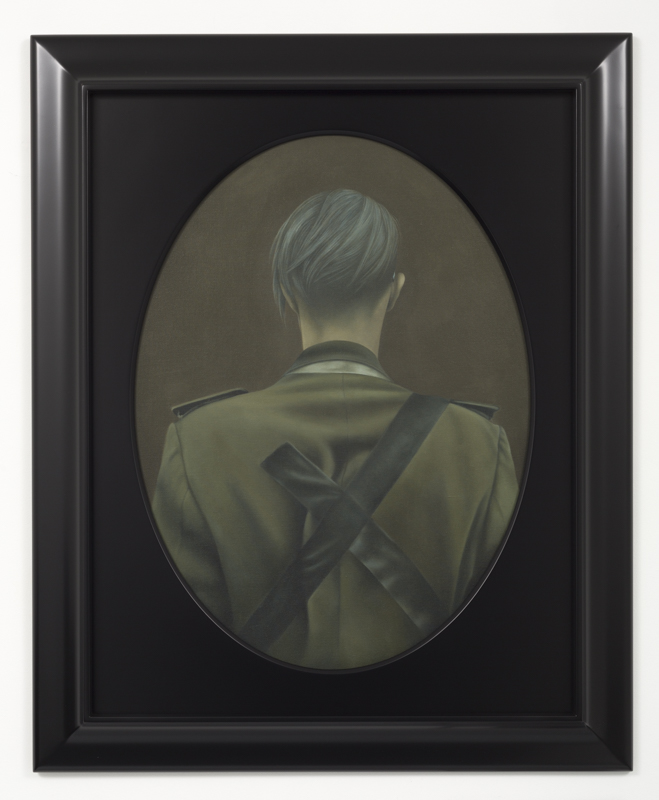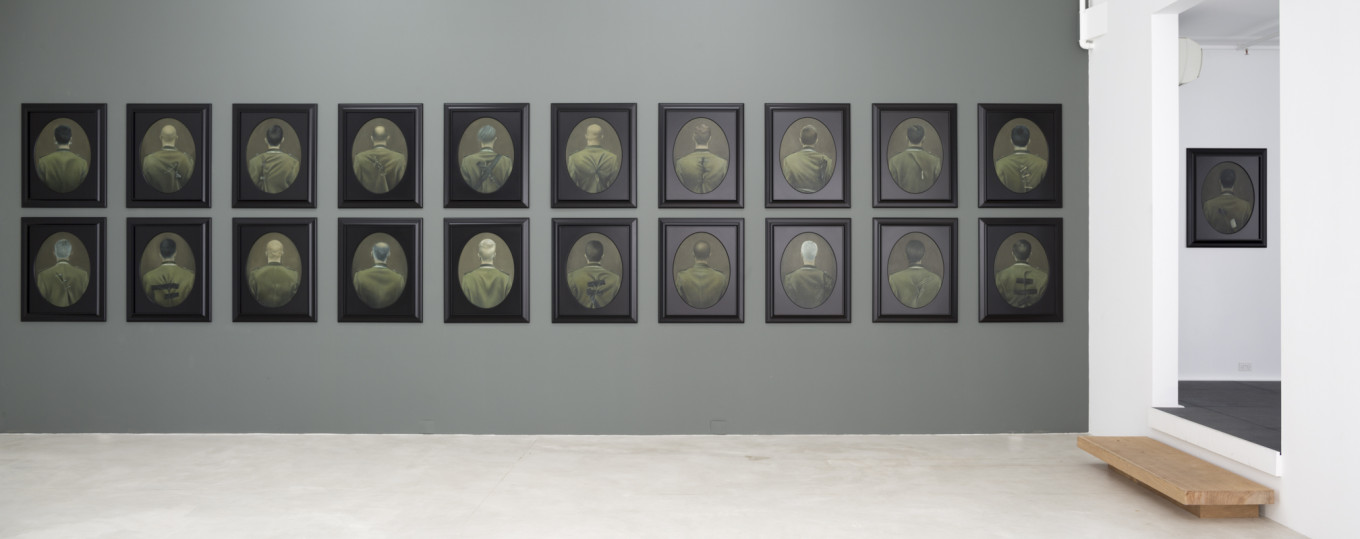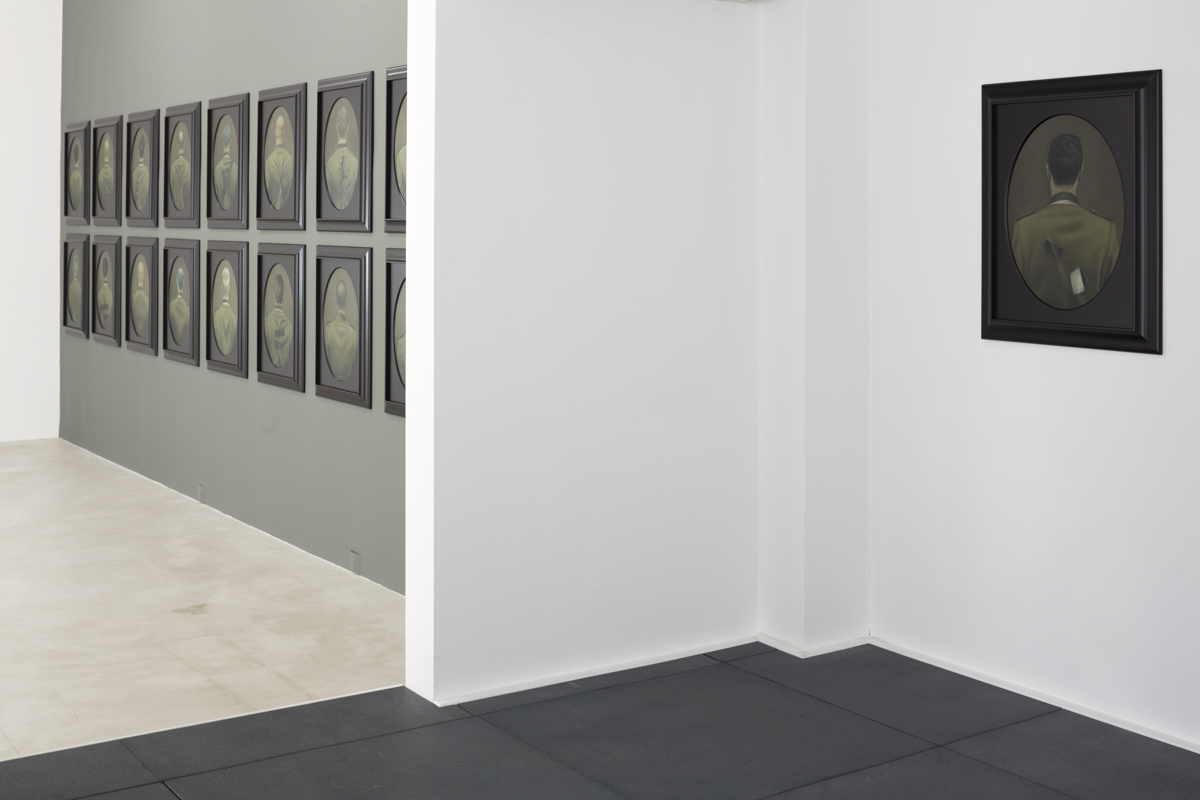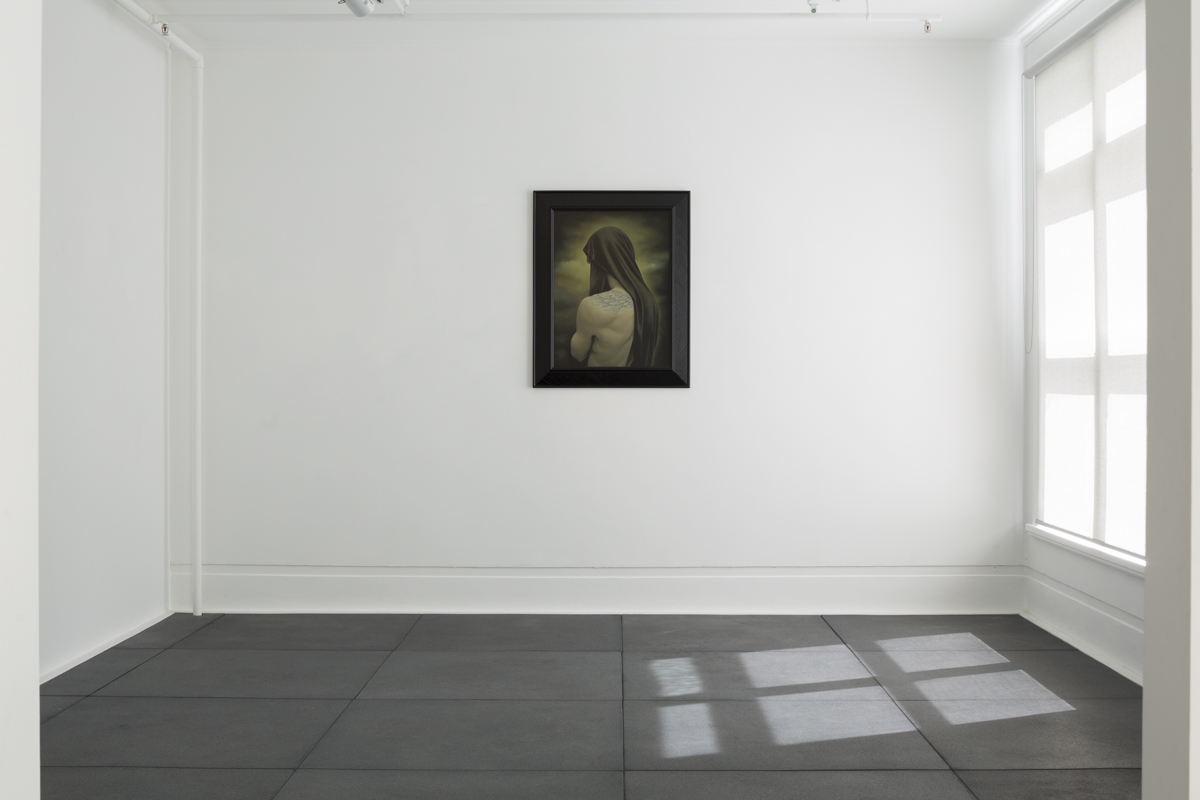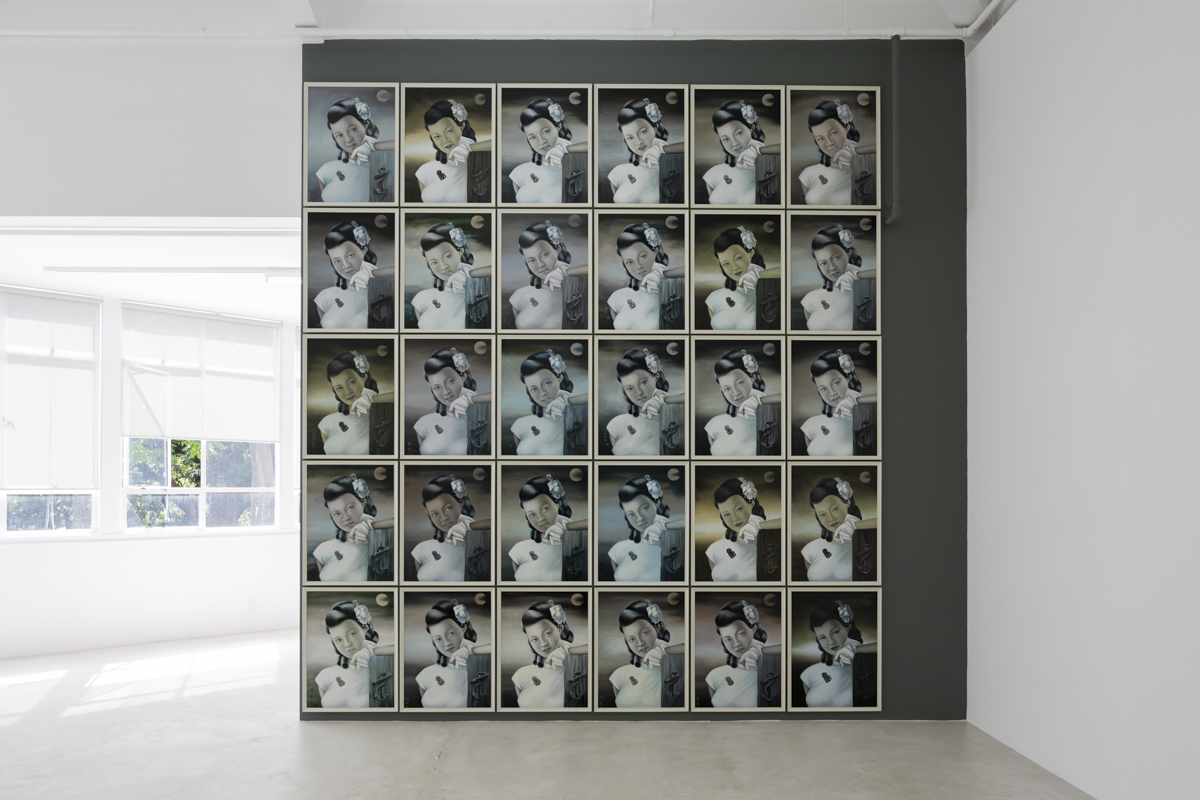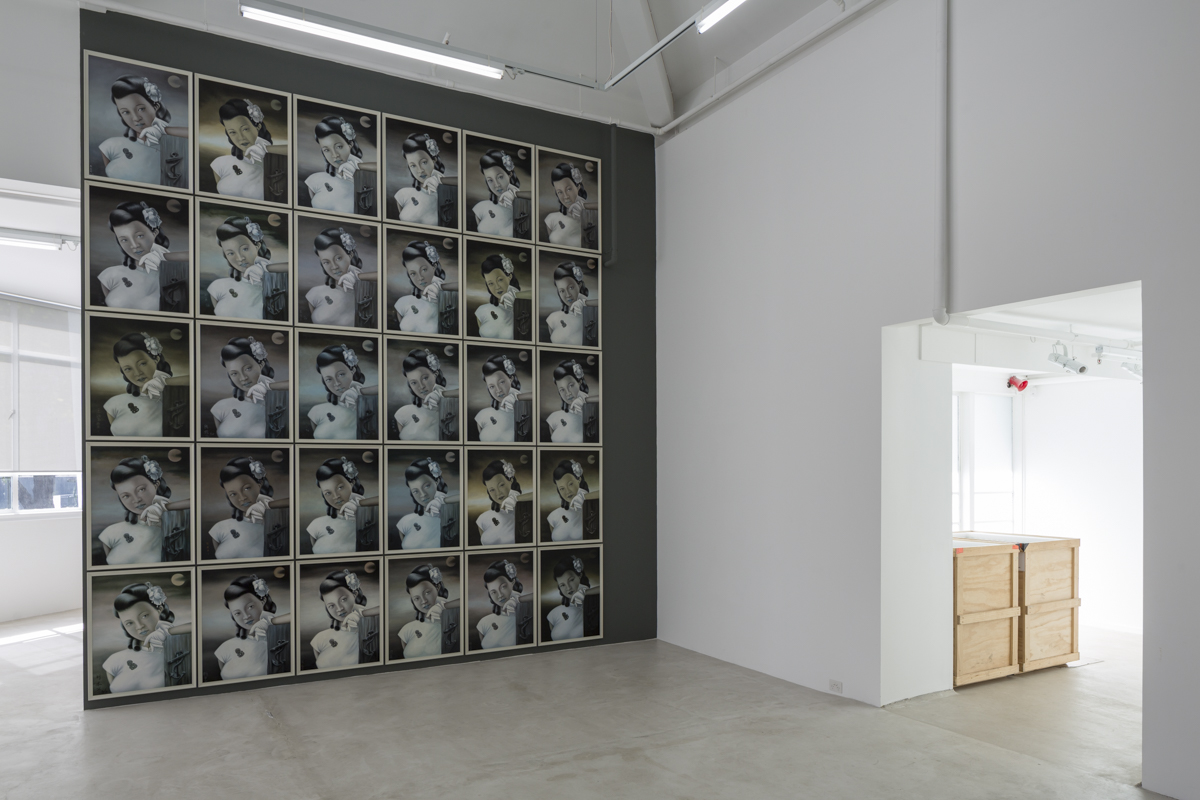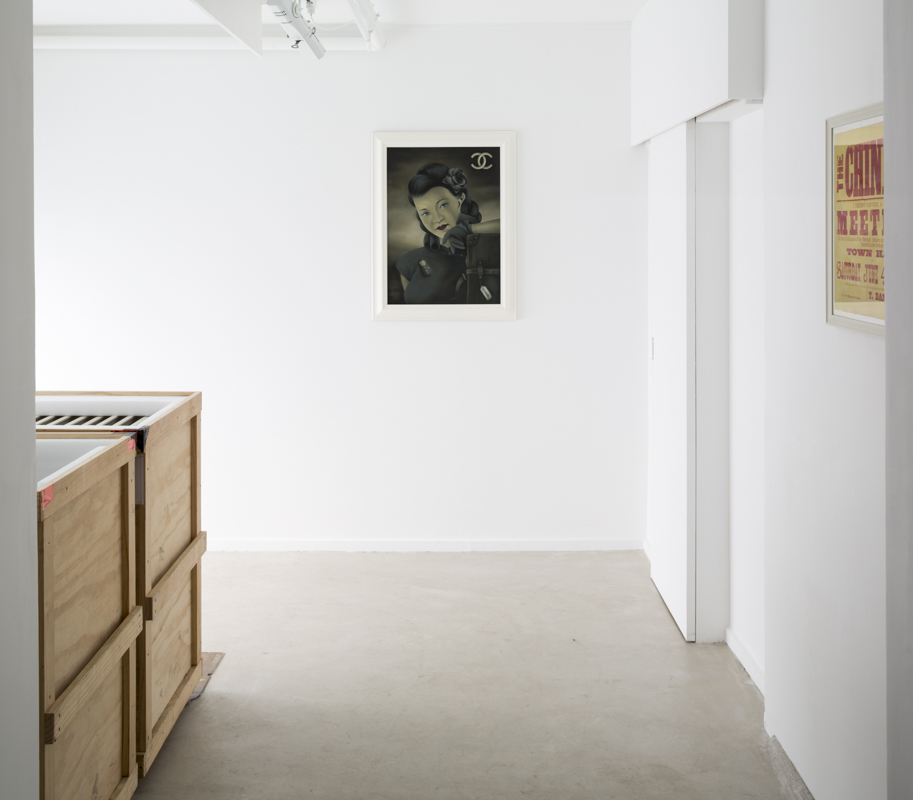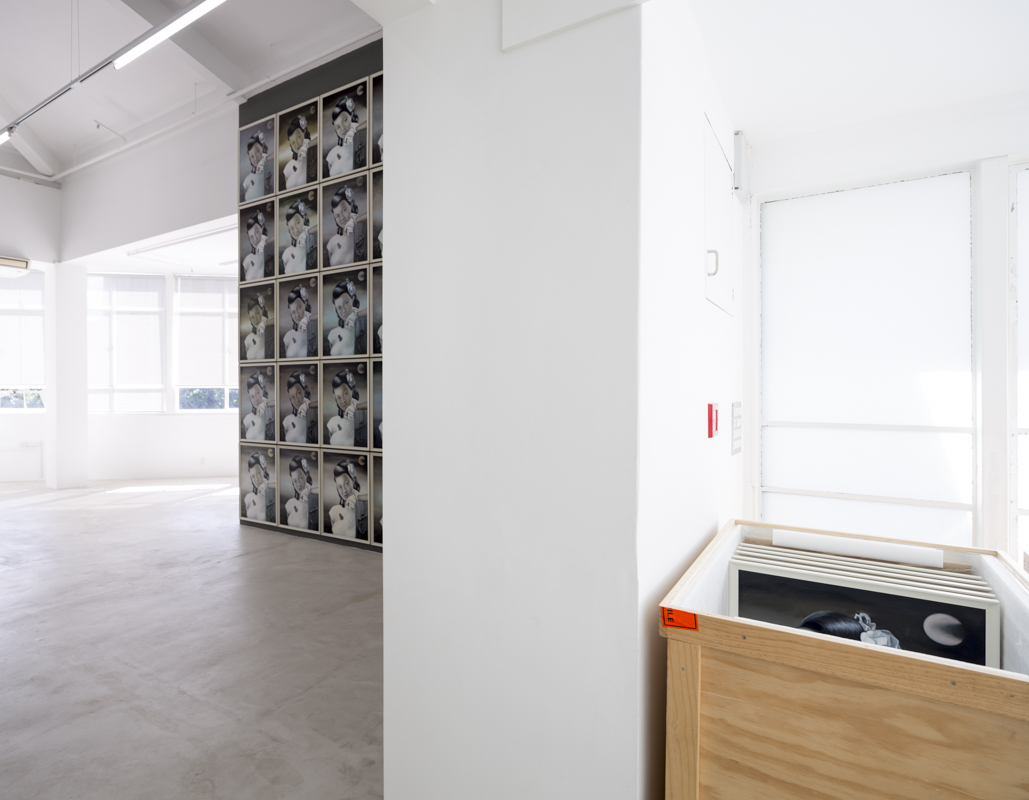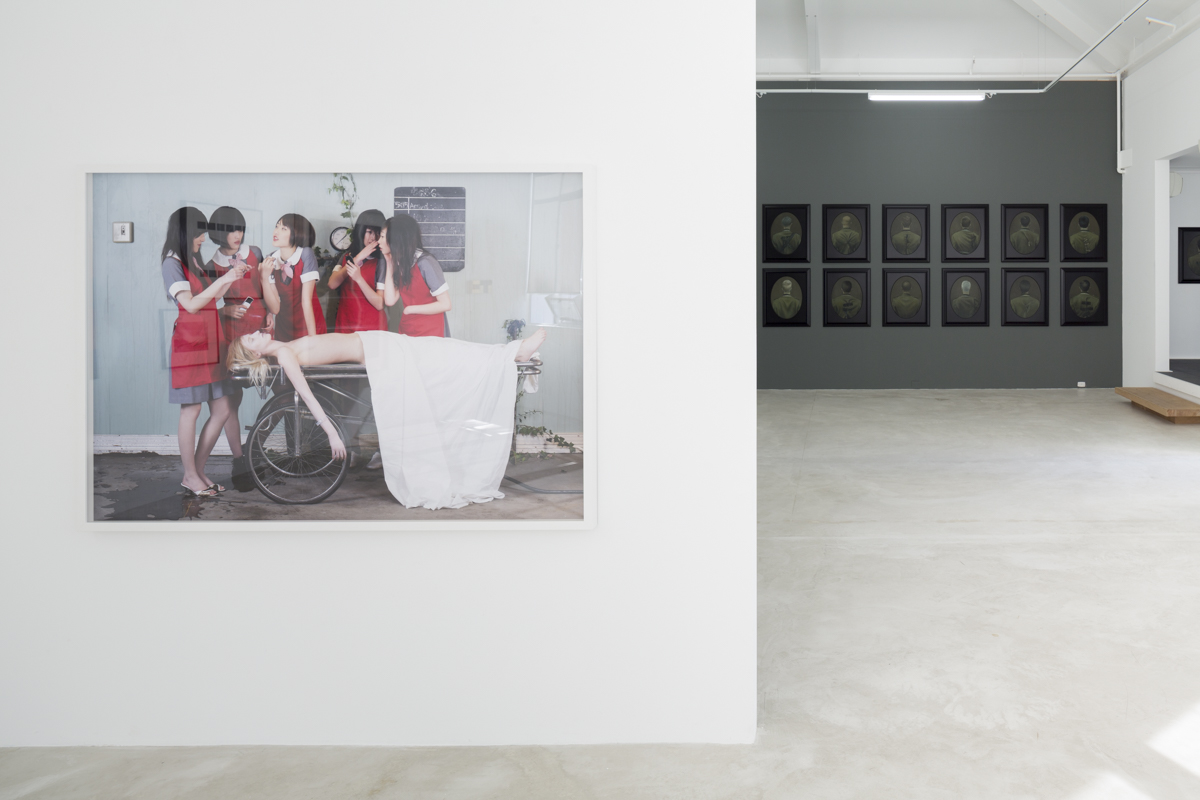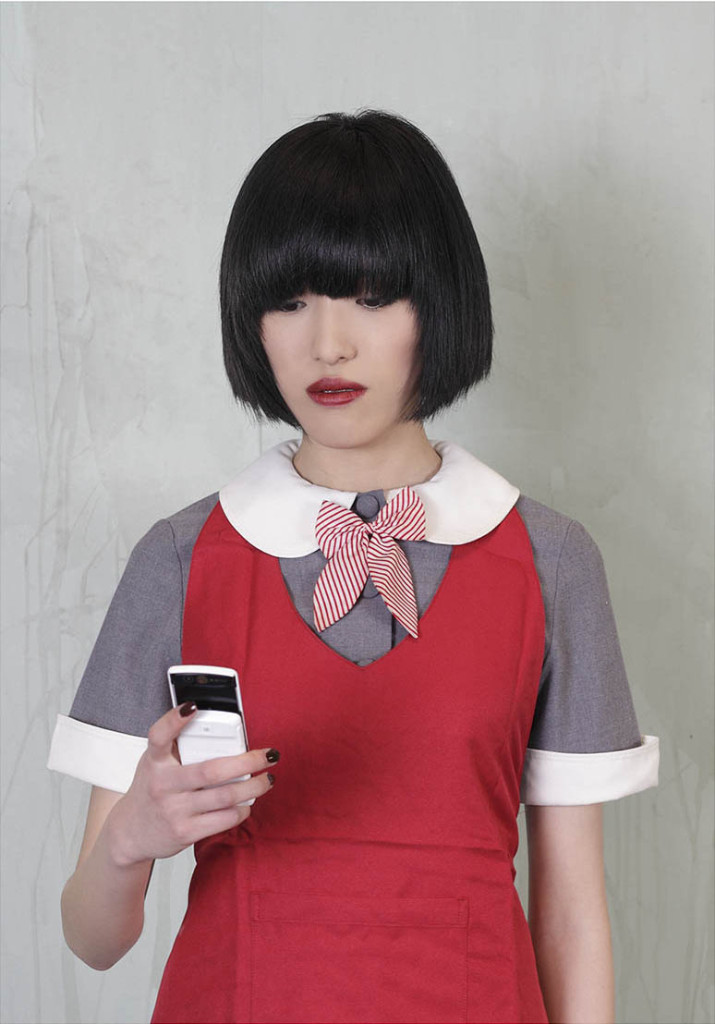“Tyrants conduct monologues above a million solitudes.” – Albert Camus
“Those that I fight I do not hate,
Those that I guard I do not love…” – W. B. Yeats
If world events polarise us, the paranoia they unleash also tends to inspire the madness of crowds, particularly when atrocities, threats and fear result in the ethical paradox of swapping passivity towards events with passivity towards politicians. Paranoia forges mass consensus out of complacency with little place for individual dissent or reasoned debate; a situation that, not without coincidence, artists as a whole are intimately familiar with.
Heather Straka’s 21 compelling new portraits in Somebodies Eyes suggest this dehumanising quality that seems as relevant to the clash of guttering empires during the First World War as it is to the binge and purge news cycle of Islamist terror threats and Middle East invasions we have been living with since Desert Storm in 1990-91. Plus ça change, plus c’est la même chose. Straka packages her anonymous, yet still deeply individual, subjects as faceless and androgynous (typical of the gender play that permeates much of her work), bundled into the same ill-fitting military uniform hastily improvised to fit with bulldog clips and duct tape. With such a diversity of types, there is an intimation that we are all conscripted in one way or another, as participants, victims, collateral damage or news consumers of the action. At the same time she reminds us that those who do choose to don uniforms of whatever colour or stripe are no less human individuals than ourselves.
Given Straka’s work has long been an intimate process of holding a subversive mirror up to accepted social consensus and various sacred cows, reflecting back prejudices and ignored otherness, it seems natural to read a kind of peripheral commentary in Somebodies Eyes. Not necessarily a political one or anti-war one, more a caution from the margins against assumptions and herd thinking. At the same time, we really have no idea which side of which conflict the subjects are on. The timelessness and universality of the impulse to war becomes generic when viewed through the lens of human history. If we flip things around we may find ourselves in the position of acknowledging the humanity of the person in the uniform – a bit like the creepily seductive “Tomorrow Belongs to Me” scene in Cabaret. If that’s the case is anyone even a genuine enemy or just a straw man set up by the Powers That Be?
While history confers some objectivity to the judgement of evil applied to Nazism in World War II, Pol Pot’s regime of the Khmer Rouge or Stalin’s Gulags, it’s not so straightforward to apply the same judgement to broader actions in, say, World War I or the Middle East today.
Straka’s Somebodies Eyes is a variation on a theme already laid out in poetic form by W. B. Yeats in his ‘The Irish Airman Foresees his Death.’ The anonymous aviator, presumed to be Yeats’ friend Major Robert Gregory, knows his next air battle will likely be his last and that he flies not out of a sense of duty or patriotism, but for the thrill of annihilation that gives his life meaning, “a lonely impulse of delight.” – ANDREW PAUL WOOD
EyeContact review of exhibition →

